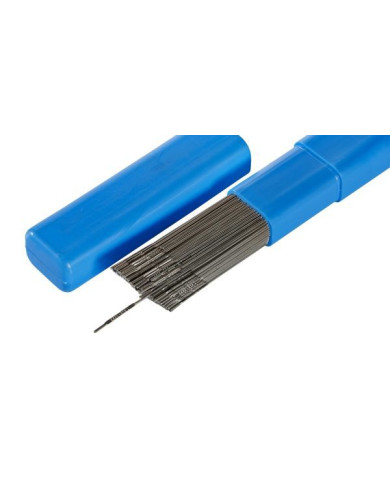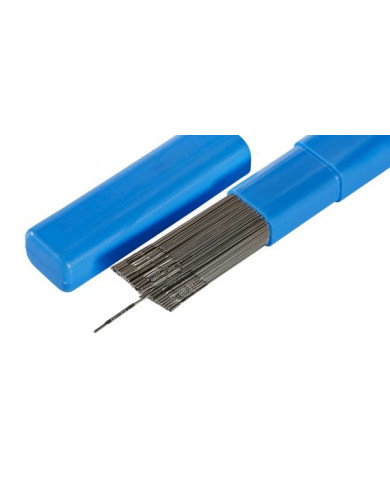-
Welding
- Oxycutting
-
PPE
-
Pipe tools
-
Inspection and finishing
-
Drilling
- Our news
- Good deals
-
Equipment rental
-
Need help ?
YOUR CONTACTS BY REGION
- PARIS AREA +33 1 85 41 09 13
- WEST +33 2 85 52 90 48
- NORTH-EAST +33 3 28 65 01 08
- SOUTH +33 4 28 29 66 20
- SOUTH-WEST +33 5 35 54 96 25
-
Welding
- Oxycutting
-
PPE
-
Pipe tools
-
Inspection and finishing
-
Drilling
- Our news
- Good deals
-
Equipment rental
-
Need help ?
YOUR CONTACTS BY REGION
- PARIS AREA +33 1 85 41 09 13
- WEST +33 2 85 52 90 48
- NORTH-EAST +33 3 28 65 01 08
- SOUTH +33 4 28 29 66 20
- SOUTH-WEST +33 5 35 54 96 25
TIG Welding
A solution for all budgets: we work closely with 3 trusted brands tested by us over the years. For our TIG production welding machines, Kemppi (2 year parts and labour warranty) and E.W.M. (3 year warranty) are the heavyweight equipment suppliers, whose quality and robustness are recognized all over the world. The MinarcTig Evo 200 range from Kemppi and the PicoTig and Tetrix range from E.W.M need no introduction. For a more affordable range, we offer the Easyweld ProTig and EasyTig ranges which are suitable for occasional to moderate use. Full after-sales service provided by us for all 3 brands. Delivery throughout Europe.
€16.72
Price
€0.00 - €8,580.00
Brand
Supply current
Use
Welding intensity
Cooling type
Torch consumables
Equipment for welding machines
Torch type
Matériau à souder












